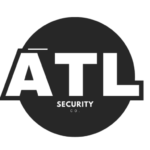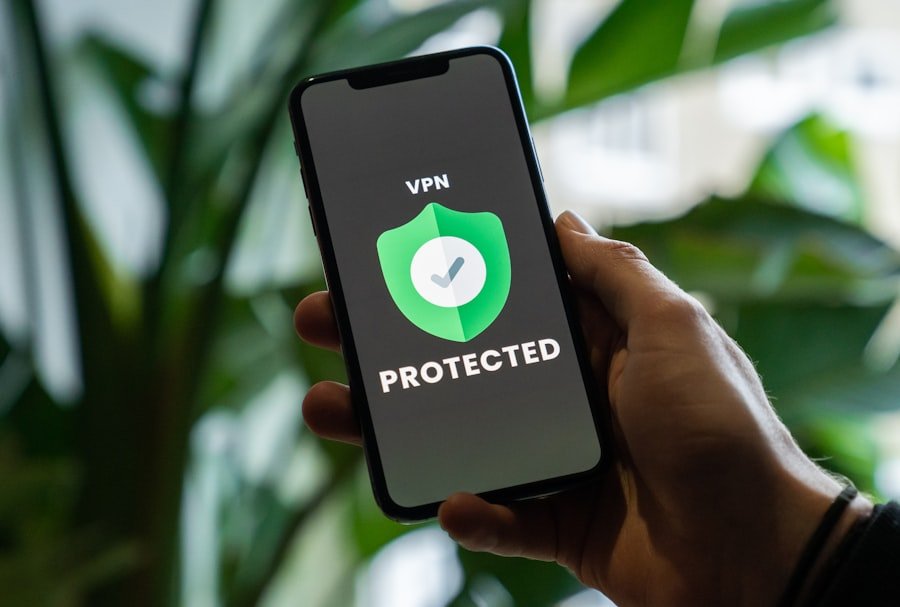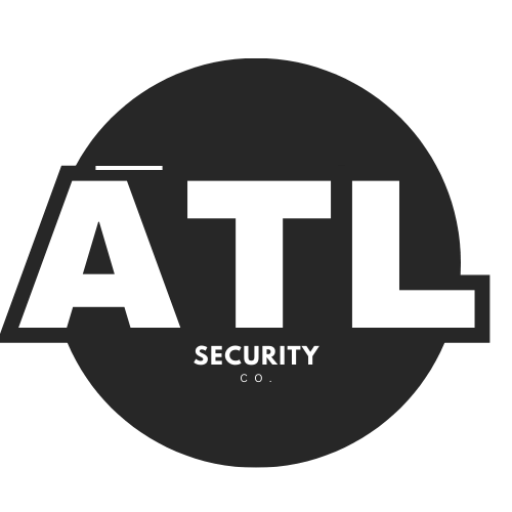Smart locks and access control systems are changing the way we think about security. Instead of using traditional keys, these systems let you unlock doors with your smartphone, a code, or even your fingerprint. This technology is becoming popular in homes, offices, and even hotels.
People love the convenience of not having to carry keys around. Plus, you can control who gets in and when, all from your phone. But with this new technology comes new challenges.
While smart locks offer many benefits, they also raise concerns about security. How safe are these devices? Can they be hacked?
These questions are important as more people start using smart locks. Understanding how they work and their potential weaknesses is crucial for keeping our homes and businesses safe.
Key Takeaways
- Smart locks and access control systems provide convenient and secure ways to manage entry to buildings and homes.
- Vulnerabilities in smart locks and access control systems can be exploited by hackers to gain unauthorized access.
- Common hacking techniques against smart locks include brute force attacks, key cloning, and Wi-Fi jamming.
- Case studies of smart lock hacks highlight the potential risks and consequences of security breaches.
- Best practices for securing smart locks include regular software updates, strong passwords, and multi-factor authentication.
Potential Vulnerabilities in Smart Locks and Access Control Systems
Smart locks are not perfect. They can have vulnerabilities that make them easier to hack than you might think. One common issue is weak passwords.
Many people use simple codes that are easy to guess. If someone can figure out your code, they can easily unlock your door. Another problem is outdated software.
Just like your phone or computer, smart locks need updates to fix bugs and improve security. If you don’t keep your device updated, it could be at risk. Another vulnerability comes from the way smart locks connect to the internet.
Many use Wi-Fi or Bluetooth, which can be intercepted by hackers. If a hacker can get into your network, they might be able to control your smart lock without you knowing. This is why it’s important to have a secure home network and to be aware of who has access to it.
Common Hacking Techniques Used Against Smart Locks and Access Control Systems

Hackers have various tricks up their sleeves when it comes to breaking into smart locks. One common method is called “brute force.” This means they try many different codes until they find the right one. If your code is short or simple, it could take just a few minutes for a hacker to guess it.
Another technique is called “man-in-the-middle” attacks. In this case, the hacker intercepts the communication between your smart lock and your phone. They can then send their own commands to unlock the door without you knowing.
This type of attack can be very sneaky and hard to detect. It shows how important it is to have strong security measures in place.
Case Studies of Smart Lock and Access Control System Hacks
There have been several high-profile cases where smart locks were hacked, raising alarms about their safety. In one incident, a hotel chain found that hackers were able to unlock guest rooms remotely. They used a vulnerability in the hotel’s access control system to gain entry without any physical keys.
This not only put guests at risk but also damaged the hotel’s reputation. Another case involved a smart lock that was hacked through its mobile app.
This incident highlighted the importance of securing not just the lock itself but also the software that controls it. These cases serve as reminders that while technology can make our lives easier, it can also create new risks.
Best Practices for Securing Smart Locks and Access Control Systems
To keep your smart locks safe, there are several best practices you should follow. First, always use strong passwords or codes that are hard to guess. Avoid using birthdays or simple sequences like “1234.” Instead, opt for a mix of letters, numbers, and symbols.
Next, make sure to update your smart lock’s software regularly. Manufacturers often release updates to fix security issues. By keeping your device updated, you can protect it from known vulnerabilities.
Additionally, consider using two-factor authentication if your smart lock supports it. This adds an extra layer of security by requiring a second form of verification before unlocking.
The Role of Encryption and Authentication in Preventing Hacking

Encryption plays a vital role in keeping smart locks secure. It scrambles the data sent between your phone and the lock so that hackers can’t easily read it. When choosing a smart lock, look for one that uses strong encryption methods like AES (Advanced Encryption Standard).
This makes it much harder for hackers to intercept and understand the data. Authentication is another key factor in preventing hacking. It ensures that only authorized users can access the lock.
Many smart locks require you to verify your identity through a password or biometric scan, like a fingerprint or facial recognition. This helps ensure that even if someone tries to hack into the system, they won’t be able to unlock the door without proper authorization.
The Future of Smart Lock and Access Control System Security
As technology continues to evolve, so will the security measures for smart locks and access control systems. We can expect to see more advanced features that make these devices even safer. For example, artificial intelligence may be used to detect unusual activity around your home and alert you if something seems off.
Additionally, manufacturers will likely focus on improving encryption and authentication methods to stay ahead of hackers. As more people adopt smart home technology, the demand for secure systems will grow.
The Importance of Vigilance in Protecting Against Hacking
In conclusion, while smart locks and access control systems offer great convenience, they also come with risks. It’s essential to stay informed about potential vulnerabilities and take steps to secure your devices. By using strong passwords, keeping software updated, and understanding how encryption works, you can significantly reduce the chances of being hacked.
Remember that technology is always changing, and so are the tactics used by hackers. Staying vigilant and proactive about security will help keep your home or business safe from unwanted intrusions. Embracing smart technology doesn’t mean sacrificing safety; it just means being smarter about how we use it.
FAQs
What are smart locks and access control systems?
Smart locks and access control systems are electronic security devices that allow users to control and monitor access to their homes or businesses using a smartphone, key fob, or other electronic means. These systems often replace traditional lock and key mechanisms with digital or biometric authentication methods.
Are smart locks and access control systems vulnerable to hacking?
Yes, smart locks and access control systems can be vulnerable to hacking if not properly secured. Hackers can exploit weaknesses in the system’s software or hardware to gain unauthorized access to the property. It is important for users to regularly update their systems with the latest security patches and use strong, unique passwords to minimize the risk of hacking.
What are some common vulnerabilities of smart locks and access control systems?
Common vulnerabilities of smart locks and access control systems include weak or default passwords, unencrypted communication protocols, and software bugs or flaws. Additionally, physical tampering with the devices or exploiting wireless signals can also pose security risks.
How can users protect their smart locks and access control systems from hacking?
Users can protect their smart locks and access control systems from hacking by regularly updating the system’s firmware and software, using strong and unique passwords, enabling two-factor authentication if available, and monitoring the system for any unusual activity. It is also important to use reputable and trusted brands for these security devices.






